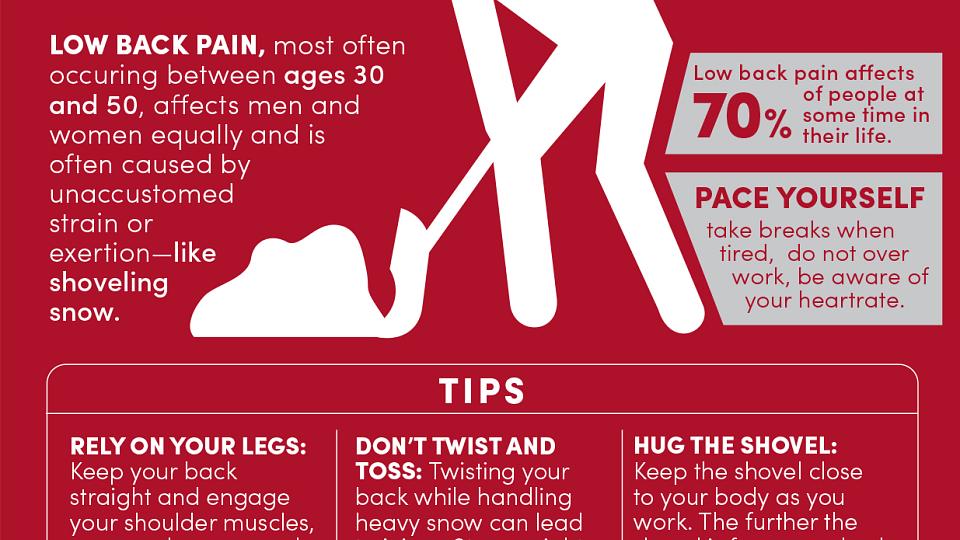
Dr. Miller: You've tried physical therapy for back pain, and you're not ready for surgery. What other options are there? We're going to talk about that next on Scope Radio.
Announcer: Access to our experts with in depth information about the biggest health issues facing you today. The specialists with Dr. Tom Miller is on the Scope
Dr. Miller: I'm here today with Dr. Richard Kendall. He's a professor of rehabilitative medicine, and he's also the Chair of the Department of Physical and Rehabilitative Medicine. Rich, tell us a little bit about what patients can do prior to surgery. I've heard about injections into the back for those patients who have sort of ongoing low back pain or pain in other parts of their back, but there are now injections that can be tried that might relieve their pain.
Non-Surgical Back Pain Treatment Options
Dr. Kendall: So that's true. For people who have not done well with physical therapy program or medications like anti-inflammatories or Tylenol or even opiate medications, epidural injections are a tool for us to use to decrease pain. That's just what they are, they can decrease pain, they don't heal or cure a tissue, but getting rid or decreasing the pain is one option hopefully to let somebody go on, and further function before surgery.
Epidural Injections
Dr. Miller: So what exactly is an epidural injection? Where does that go on the back?
Dr. Kendall: The epidural space is the space around your spinal cord, and it's in the middle of the safe protection of the bones of the spine. It's a nice protected space that's filled with fat that we can put in some steroids and some Novocain in that can really help reduce inflammation as well as reduce pain.
Is the Process Painful?
Dr. Miller: Is this a difficult procedure or what does a patient expect when they come in to have this done?
Dr. Kendall: Honestly most of our patients expect the worst, but when we come in, we finish the procedure, and they say, "Wow, that's it? Are you kidding me? That's easier than the dentist." So . . .
Dr. Miller: That's pretty easy. If it's easier than the dentist, that's pretty easy.
Dr. Kendall: The thought of somebody poking a needle in your back is somewhat anxiety provoking but we do them with a lot of Lidocaine, and numbing under X-Ray guidance so most people really experience very little symptoms.
Dr. Miller: What are you injecting into that space that actually reduces the pain?
How Does it Work?
Dr. Kendall: We put in two medicines. One is corticosteroid or cortisone, and that gets rid of the inflammation. It'll sit in the fat cells for about two weeks around your spine and get rid of inflammation. The second is just a Novocain or a Lidocaine which is an anesthetic, and it'll numb those nerves and areas for several hours.
Dr. Miller: That lets you know that you're probably making a difference. I mean if the Novocain is working in the area where the back pain is emanating from, you'll know you're at the right place I guess, right?
Dr. Kendall: Yes, many people will be pain free when they leave. Some people that's only for four, five hours. However the Lidocaine does sometimes essentially stung the nerve if you will, and people's pain does disappear for much longer afterwards depending on the diagnosis.
How Effective are Epidural Injections at Relieving Pain?
Dr. Miller: How effective is this in reducing pain? Is it 80% effective, 50%, 30%? What's the story on that for patients that might be considering an epidural injection?
Dr. Kendall: Well in certain conditions, it can be very effective with disk herniations and people with radiculopathy or pain down the leg from that disk herniation. If you take all patients who could be surgical candidates and you do the injection, 60% of them choose not to have surgery because their pain improves significantly with the injection, and they choose to just not have the surgery because they're doing better.
Dr. Miller: So a great option to may be postpone or prevent surgery.
Dr. Kendall: So a great option for more than half the people . . .
Dr. Miller: That's great.
Dr. Kendall: . . . to really decrease pain, get them on, and avoid a surgery that lays you up for a few weeks or more.
How Many Times Can I Get an Epidural Injection?
Dr. Miller: Now can you have repeated injections if necessary or is there a limit on the number of injections one can have?
Dr. Kendall: There's not an actual limit, however we usually say three or so a year would be the most we would consider. Some people, it does take one or two injections to really get rid of that leg pain that they have and avoid the surgery. However if we do two injections and your pain comes back within a week, then actually surgery is probably a much better choice.
Dr. Miller: So you do these under imaging, and that helps direct the shot into the area that needs to be infused, I guess.
Treatment Process
Dr. Kendall: We do these all under X-ray guidance, so we know exactly where we're going, we know exactly where the needle tip is. We inject a little bit of contrast die to make sure we're not in a nerve or a blood vessel. So overall these are very, very safe injections.
Dr. Miller: Now how would a patient find a physician that would be qualified to do these kinds of treatments? I don't think they necessarily need to go to a surgeon per se, do they?
Dr. Kendall: No, in fact most surgeons don't do these epidural injections. Most are non-operative either anesthesiology or physical medicine rehabilitation physicians. Most people who are pain board certified have done significant amounts of injections, and finding a physician who specializes in back pain and pain will certainly have enough training to do these.
Dr. Miller: Now last question is, if the injection is effective, how long could someone expect to have the effect last?
How Long Does an Injection Last?
Dr. Kendall: Most of the time, I tell people until they do something that irritates their back again, it's really not easy for us to say a time frame. It's mostly until you bend funny again or slip or shovel too much snow or do something again that may irritate that disk again.
Dr. Miller: I'm assuming you'd also have them follow up with exercise therapy and physical therapy as another modality to continue to strengthen the back and prevent further injury.
Dr. Kendall: Yes, we always have our patients continues with their exercise program throughout this even before and afterwards just because that's going to decrease the likelihood of you flaring it up again.
Announcer: The ScopeRadio.com is University of Utah Health Sciences Radio. If you like what you heard, be sure to get our latest content by following us on Facebook. Just click on the Facebook icon at TheScopeRadio.com.


